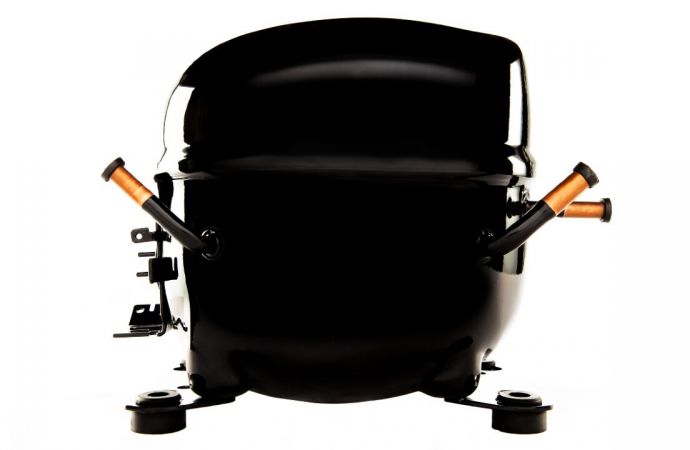R407C and R410A are no longer the most commonly used refrigerants in stationary air conditioning and heat pump applications, says Öko-Recherche at ATMO/DTI Conference.

The air conditioning and heat pump industry in Europe may be well behind the refrigeration industry when it comes to adopting natural refrigerants, but there is a definite movement towards lower-GWP refrigerants, according to Barbara Gschrey, Managing Director and Policy Advisor at Öko-Recherche, an independent environmental research institution and consultancy, located in Frankfurt, Germany.
“R407C and R410A are no longer the most common refrigerants in stationary AC and heat pump applications,” Gschrey told the participants in the ATMO/DTI Technical Conference on the future of air conditioning, conference, which took place online on June 23/24. “Use of R410a seems no longer necessary in small split ACs in Europe,” Gschrey concluded.
As a result of the EU F-Gas Regulation, other refrigerants have been introduced for both new and retrofit systems; these include natural refrigerants like propane (R290), propylene (R1270), CO2 (R744) and water (R718), she noted, though barriers exist for flammable refrigerants in France and Italy.
In addition, refrigerants like R32 (GWP of 675) are increasingly common, and HFC-HFO blends, such as R452B, R454C and R513A are also becoming more popular in AC and heat pump applications. The newfound popularity of R32 is not just for split air conditioning, but also in other applications, like VRF (variable refrigerant flow) systems and heat pumps.
But she acknowledged that R410A is still “quite relevant.”
Legislative changes remain an important factor in technological innovation. “The HFC phase down is recognized as a key driver in the development of new technical solutions in air conditioning, and a lot of research and development activities are going on for both small and large split systems, multi splits and VRF,” Gschrey said. “We expect that this will lead to market-ready alternatives in many applications in the near future.”
An additional positive development is the entry into the European market of a “major” Chinese manufacturer, who intends to introduce R290 small split AC systems in the third quarter of 2020, according to Gschrey
Upcoming stakeholder consultation
The information on the developments in the AC industry comes from work done by Öko-Recherche for a briefing paper, which has been produced as input for the European Commission’s upcoming F-Gas Regulation revision. The information has also been confirmed by data collected annually by the European Environmental Agency.
Öko-Recherche will be issuing a new paper soon for the EC on whether cost-effective, technically feasible, energy-efficient and reliable f-gas alternatives exist, for new small single split air conditioning systems, Gschrey said.
Öko-Recherche will also be doing a “public stakeholder consultation” starting in September to shed light on potential changes in the next iteration of the EU F-Gas Regulation. “We welcome your input,” she said to the ATMO/DTI Conference audience.
In particular, she will be seeking answers to the following questions:
• Can all stationary AC applications do without HFCs today?
• Where are HFCs still needed and for how long?
• How should policy support the technology change?
A lot of research and development activities are going on for both small and large split systems, multi splits and VRF."
– Barbara Gschrey, Öko-Recherche
Related stories



